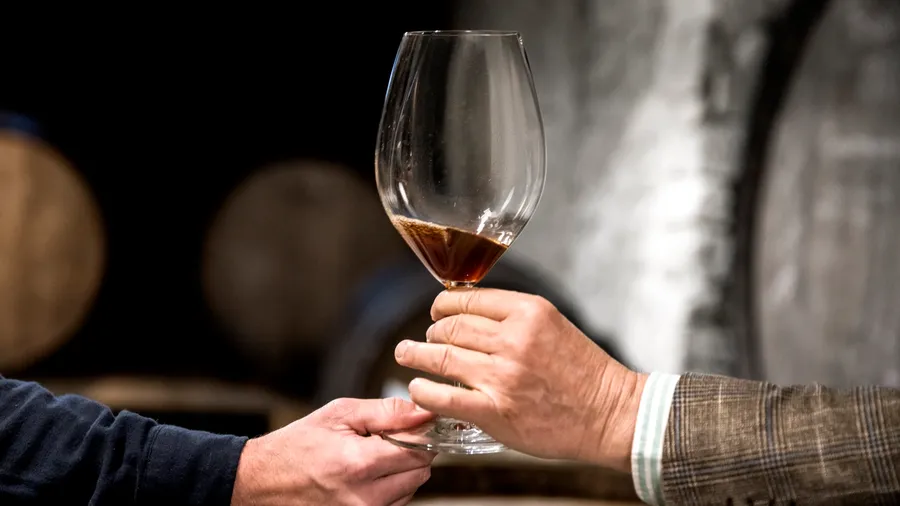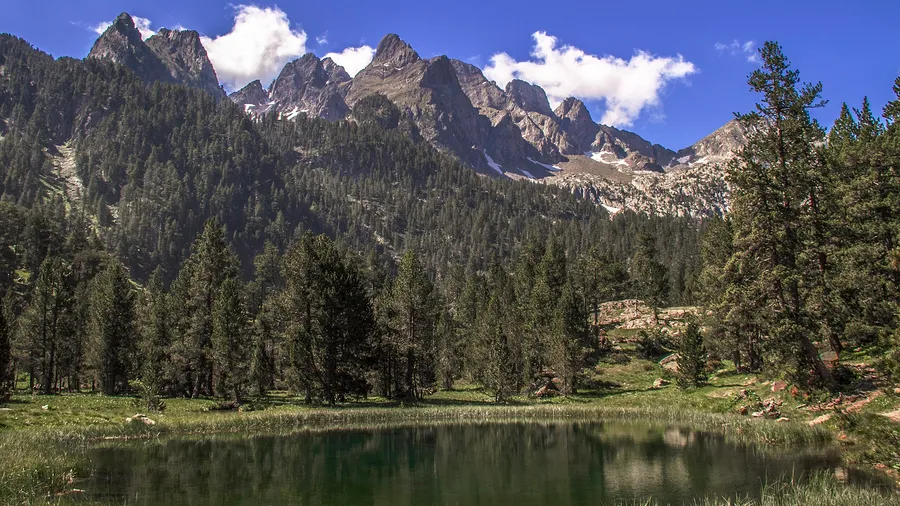Introduction and Selection Criteria
Fans and travelers love film location getaways Spain offers because stories anchor you to real streets, beaches, and deserts. Spain has hosted global productions for decades, from Lawrence of Arabia to Game of Thrones, thanks to varied landscapes and strong film incentives of up to 30% on mainland shoots and up to 50% in the Canary Islands (sources: Spain Film Commission, ICAA). Picture stepping into a silent plaza at dawn where a camera once rolled and the air still smells faintly of coffee.
We selected three routes using clear, field-tested criteria that balance inspiration and logistics. We prioritized: cinematic relevance (iconic films/series), variety of locations within a tight radius, public access and transport, and complementary experiences (food, culture, nature). We verified each site via local film offices and park authorities and favored spots where you can shoot responsibly without barriers.
Here you will find, for each getaway, must-see locations, how to get around, an estimated budget, the best season, and activities—plus a practical map with downloadable GPX/KML and booking tips on Picuco. Think of it as a ready-to-pack plan you can adapt in minutes.
Getaway 1: Girona and the Costa Brava (series and Film Locations)
Overview and standout titles
Girona and the Costa Brava have doubled as ancient cities and coastal hideaways on screen. Game of Thrones Season 6 transformed Girona’s old town into Braavos and part of King’s Landing, while Perfume: The Story of a Murderer (2006) used Girona and nearby Besalú to recreate 18th‑century streets (sources: Girona Film Office, HBO). Hear church bells echo between sandstone walls like a soft metronome for your steps.
Unmissable locations
- Girona Cathedral steps: key Game of Thrones scenes; best light 8–10. Respect services; public exterior.
- Sant Pere de Galligants monastery and the Arab Baths: Braavos sequences; open hours vary, entry fee from €3–€7; avoid midday crowds.
- Jewish Quarter (El Call): narrow alleys used in multiple shoots; go early for clean frames.
- Tossa de Mar: Pandora and the Flying Dutchman (1951) made this fortified seaside village famous; castle viewpoint at golden hour is superb.
- Cadaqués and Portlligat: cinematic coves and Dalí’s landscape; stick to public paths and signed lookouts. The sea breeze smells of salt and pine.
Logistics: getting there and around
Fly to Barcelona (BCN) or Girona–Costa Brava (GRO). Trains from Barcelona Sants to Girona take 38–40 minutes on AVE/Avlo/Avant or about 1 h 20 min on Regional (source: Renfe). Buses (Moventis Sarfa) link Girona to coastal towns like Tossa, Lloret, and Platja d’Aro; driving from Girona to Tossa takes ~50 minutes for 40 km. Rent a car for flexibility if you plan 1–3 days; otherwise, base yourself in Girona and day‑trip by bus. Cool stone alleys feel refreshing after a hot train ride.
Budget, best time, and activity ideas
- Budget (per person/day): low €60–€110; mid €120–€180; high €190–€300 (lodging, meals, transport, entry fees).
- Best time: April–June and September–October for soft light and fewer crowds; winter yields moody frames and empty streets.
- Do: guided GoT walking tours, coastal path strolls on signed Camins de Ronda, beaches at dawn, seafood rice in Tossa, museum visits in Girona. Warm pastries scent the morning as shopkeepers lift shutters.
Getaway 2: Navarra — Bardenas Reales and the Baztán Valley (landscapes of Cinema)
Why Navarra attracts filmmakers
Navarra swings from ochre badlands to deep beech forests within a few hours’ drive. The Bardenas Reales Natural Park has hosted Game of Thrones (Season 6) and Ridley Scott’s The Counselor (2013), while the Baztán Valley anchors the film adaptations of Dolores Redondo’s Baztán Trilogy (2017–2020) (source: Navarra Film Commission). Dust hangs in the desert air like a soft filter, then gives way to moss-scented shade in the north.
Essential locations: Bardenas and Baztán
- Bardenas Reales: Castildetierra hoodoo, the clay flats and canyons along the signposted loop near Arguedas; sunrise/late afternoon for sculpted shadows.
- Páramos and ravines: stay on marked tracks; telephoto lenses compress layers for dramatic shots.
- Elizondo (Baztán): central town in the Baztán films; the Baztán river and stone bridges offer grounded frames—respect private homes and shopfronts.
- Nearby Irati Forest: one of Europe’s largest beech‑fir woods; autumn color is spectacular on signed trails. The crunch of leaves underfoot sharpens the hush.
Access, permits, and safety
Reach Bardenas via AP‑15 to Tudela, then NA‑134 toward Arguedas; Elizondo is ~55 minutes north of Pamplona on N‑121‑B. Bardenas is a protected area with zones closed during nesting or military exercises; opening is usually from sunrise to sunset (source: Bardenas Reales Park). Drones require permission; commercial shoots need permits. Carry at least 2 liters of water per person, avoid muddy tracks after rain, and follow park signage; mobile reception can be patchy. Heat shimmers off the clay like a mirage at noon.
Cost, best season, and what to do
- Budget (per person/day): low €70–€120; mid €130–€190; high €200–€320.
- Best seasons: March–May and September–November for workable temperatures and photogenic light; summer is very hot in Bardenas.
- Do: 4x4 or e‑bike circuits on permitted tracks, short signed walks, traditional cider houses in the north, village visits (Amaiur/Maya, Arizkun), and local cheeses. Woodsmoke and apple must mingle in old cider presses.
Getaway 3: Almería — Tabernas Desert and Cabo De Gata (westerns and Big Productions)
Almería in film history
Almería is Europe’s classic western backlot, with over 300 productions filmed in the Tabernas Desert since the 1960s. Sergio Leone’s A Fistful of Dollars, For a Few Dollars More, and The Good, the Bad and the Ugly shot scenes here, alongside Lawrence of Arabia (1962) and Indiana Jones and the Last Crusade (1989) at Cabo de Gata (sources: Almería Film Office, Oasys MiniHollywood). Sunlight feels metallic at midday, turning the badlands into a stage.
Top locations: Tabernas and Cabo de Gata
- Fort Bravo and Oasys MiniHollywood: preserved western sets, live shows, and small museums; ticket prices typically €20–€30 adult (check current rates).
- Tabernas Desert Natural Area: eroded gullies and plateaus; pull off only at designated spots and stay on tracks.
- Playa de Mónsul and Playa de los Genoveses (Cabo de Gata): iconic dunes and coves; early morning for windless water and empty sand.
- Las Sirenas viewpoint at the lighthouse: sweeping volcanic coast. The Levante wind rasps against your jacket like sandpaper.
How to plan the visit
Fly to Almería (LEI) from Madrid or Barcelona in ~1 h 15 min; Tabernas is 30 km (~30 min) by car, and Cabo de Gata is ~32 km (~35 min) from the city. Plan 2–3 days to split desert sets and coastal parks. Rent a car for maximum reach or join themed tours departing Almería; film parks run daily but shows keep fixed schedules—arrive early to plan your day. The dry heat outside contrasts with cool, dark saloons on set.
Budget, ideal season, and activities for cine‑fans
- Budget (per person/day): low €65–€120; mid €130–€200; high €210–€340.
- Best months: October–May for workable temperatures; June–September is hot and windy some days.
- Do: studio‑set visits and stunt shows, 4x4 routes on authorized tracks, lighthouse sunsets, snorkeling in clear coves, and tapas in Almería’s old town. Grilled sardines carry a faint smoke you’ll remember on the drive back.
Map of the Locations
What the interactive map includes
Our map layers gather filming locations, scenic photo points, signed parking areas, accessibility notes, and brief production facts verified with local film offices and park authorities. Each pin includes practical details like the nearest bus stop, best light, and etiquette reminders. Colored layers separate city, coast, and desert circuits. Pins cluster like constellations you can follow at a glance.
How to use and download routes (gpx/kml)
Open the interactive map on desktop to plan, then on mobile to navigate. Export GPX (GPS track format) or KML (map layer format) to apps like Google Maps, Maps.me, Gaia GPS, or Komoot; most allow offline use. Follow the suggested order of pins and keep the info cards handy for timing and access tips. A quick test at home ensures your phone recognizes the files before you travel.
Suggested itineraries on the map
- 1 day (Girona focus): Old town loop, Cathedral steps, Arab Baths, and a sunset train or bus to the coast—estimate 6–8 walking km across the day.
- Weekend (Navarra): Day 1 Bardenas sunrise loop and Arguedas; Day 2 Elizondo and Baztán villages, with a short signed forest walk.
- 3 days (Almería): Day 1 Fort Bravo/Oasys; Day 2 Tabernas viewpoints and desert pull‑offs; Day 3 Cabo de Gata beaches and lighthouse sunset. The glowing map pins feel like warm embers in the evening light.
Tips to Choose Your Perfect Cinema Escape
Choose by cinematic interest and pace
Let your favorite genres lead you. Prefer fantasy and medieval textures? Girona’s stone, arches, and alleys win. Crave stark, graphic scenery or western lore? Almería and Bardenas deliver. Choose a relaxed base‑camp style (one town, day trips) or an itinerant loop (two or three overnights); add food, museums, or short walks to match your style. The right pace feels like a soundtrack that fits your stride.
Practical planning: transport, stays, and time
- Time: 2 days for Girona or Almería; 2–3 for Navarra if combining desert and forest.
- Stays: base yourself in Girona/Elizondo/Almería city for simple logistics, or split nights to reduce driving.
- Transport: public transport works for Girona; rent a car for Bardenas/Almería; mix train+bus+car-share if needed. Checklist: book stays with parking if you’ll drive; confirm park opening hours; screenshot maps for offline use; pad your schedule for golden hour. Keys and tickets sit ready by the door.
Photography and responsible behavior
Aim for golden hour (the soft, warm hour after sunrise and before sunset) and use leading lines—alleys, fences, shorelines—to frame people like characters. Keep tripods compact and step aside on narrow streets; never block locals or services. Respect private property, follow park rules, pack out your trash, and avoid drone flights without permits. The click of your shutter should be the loudest sound you leave behind.
Bookings and offers on Picuco
Use Picuco to find rural stays and experiences near featured locations: search by destination (Girona, Baztán, Tabernas), then filter by “near filming locations,” parking, or guided tours. Read recent reviews, message hosts about sunrise access or late check‑in, and ask about photo‑friendly rooftops or terraces. Some listings bundle guided walks or 4x4 tours at a discount—compare dates and confirm what’s included. A quick message often unlocks local tips you won’t find on any map.
Faq — Frequently Asked Questions About Cinema Routes
Quick questions and answers
- Can I enter every location? Public exteriors, yes; interiors only during opening hours or on paid tours.
- Do I need a guide? Optional in cities; recommended in protected areas for context and safe access.
- Is this family‑friendly? Yes—choose shorter days and parks with facilities (Oasys, Fort Bravo).
- Can I fly a drone? Only with permits and outside restricted zones; check park rules.
- What shoes? Comfortable walking shoes; closed‑toe for desert tracks.
- Is parking easy? Use signed lots; never park on vegetation or narrow village lanes. The quiet before opening time is a gift if you’re early.
How to pinpoint spots without spoilers
Search for location names, not scene summaries: “Girona Cathedral steps Game of Thrones” or “Castildetierra viewpoint.” Use film office pages and community maps that list addresses anonymously. If you avoid detailed scene descriptions, you’ll keep the surprise intact on arrival. A folded paper map hides secrets better than a full‑screen trailer.
Safety and preparation
Carry water, sun protection, a light jacket, and a power bank; deserts and coasts can be windy. Save offline maps, park phone numbers, and emergency contacts (112 in Spain). Check opening hours, weather, and any temporary closures before you go. A small first‑aid kit and snacks turn delays into simple pauses.
Conclusion and Call to Action: Book Your Escape on Picuco
Three routes, three moods: Girona’s stone labyrinth for series lovers, Navarra’s desert‑forest contrast for landscape chasers, and Almería’s western sets and volcanic coves for classic cinema fans. Pick the one that matches your soundtrack—romantic strings, desert harmonica, or coastal guitar—and go. The scent of espresso, sagebrush, or sea salt will do the rest.
- How to book on Picuco in 3 steps: 1) Search your destination and dates. 2) Compare stays and experiences near filming locations, checking reviews and access. 3) Reserve, message your host about sunrise/parking, and confirm any tours. Tip: weekday stays and shoulder months often mean better light, fewer crowds, and sharper prices.
Share your photos and lessons learned, leave a review to help the next traveler, and follow Picuco for new Spain film tours and local collaborations. Your story might be the scene someone else is searching for.



